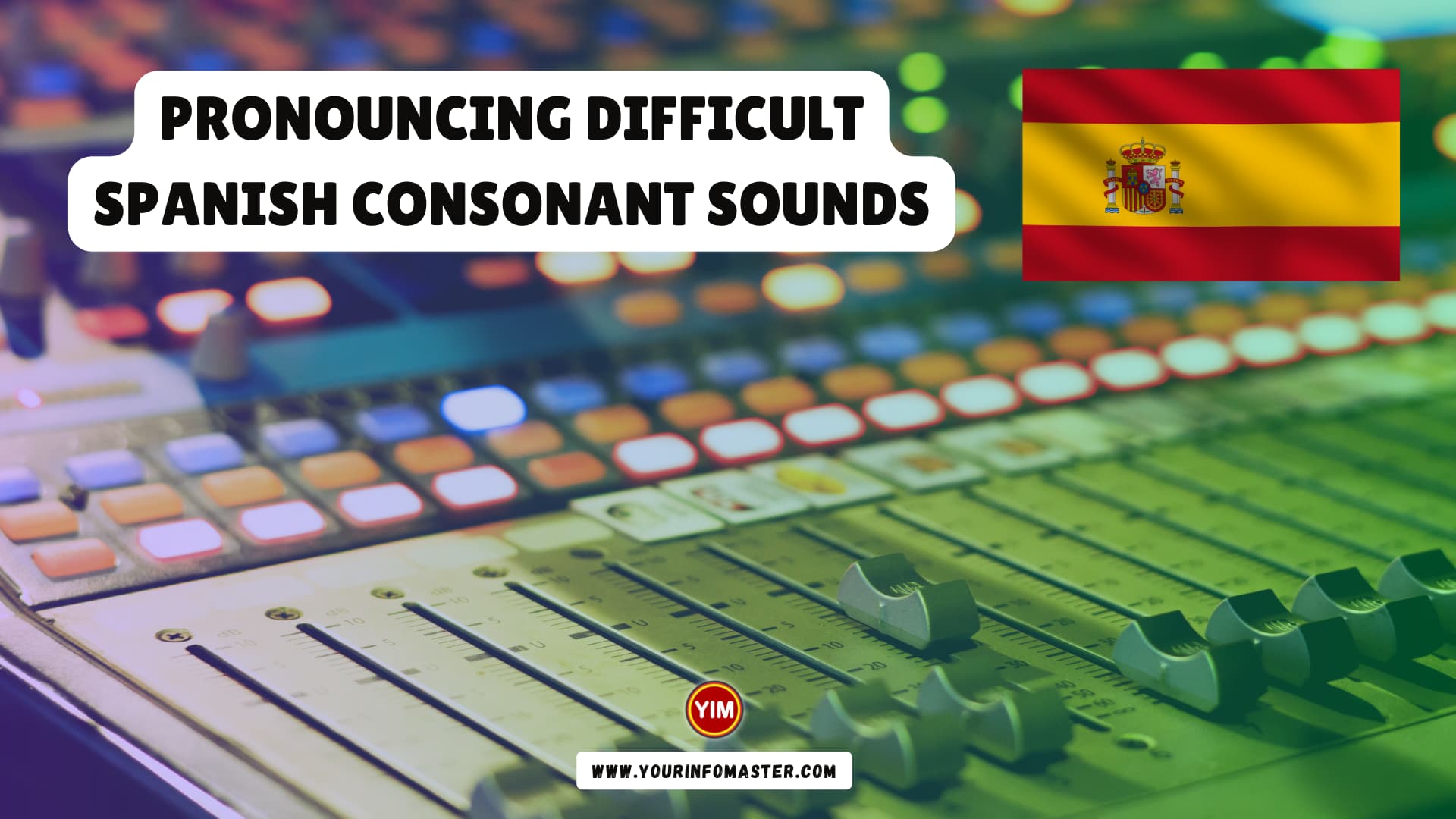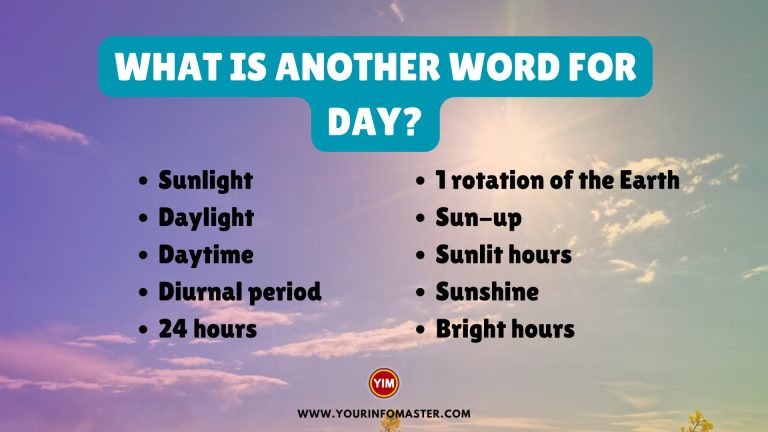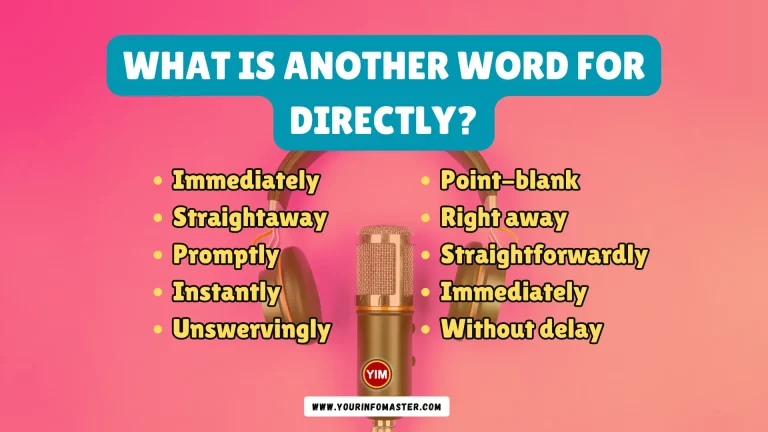Pronouncing Difficult Spanish Consonant Sounds: Embarking on the journey of learning Spanish pronunciation can be an exhilarating yet challenging endeavor. While certain consonants may appear familiar to English speakers, their nuances and variations in Spanish can pose intriguing hurdles.
In this guide, we’ll delve into the intricacies of Spanish consonant pronunciation, shedding light on the distinctive sounds that await those seeking mastery of this melodious language.
Check also: Spanish Verb Pasar Conjugation
Consonants With More Than One Sound
In Spanish, the letter “C” usually sounds like the “c” in “cereal” when before “e” or “i,” and like the “c” in “car” in other cases. For example, “complacer” and “carro.” But in Spain, it can sometimes sound like the “th” in “thin” before “e” or “i.” The letter “D” sounds like the “d” in “diet,” and when between vowels, it’s softer, like the “th” in “that.” The letter “G” is similar to the English “g” in “go,” but before “i” or “e,” it sounds like the Spanish “j.” “N” usually sounds like the “n” in “nice,” but if followed by “b,” “v,” “f,” or “p,” it’s like “m” in “empathy.” The letter “X” can sound like “x” in “example” or “exit,” or even like “s” or the Spanish “j.” In words from Mayan origin, it can even sound like the English “sh.”
Consonants That Markedly Differ from English
The letters “B” and “V” are pronounced the same in Spanish, like the “b” in “beach.” The letter “H” is always silent, as in “hermano” (brother). The letter “J” and “G” (before “e” or “i”) can be tricky, sounding like the German “ch” or a heavily aspirated “h.” The letter “L” is always like the first “l” in “little,” and “LL” is usually like the “y” in “yellow.” “Ñ” sounds like “ny” in “canyon,” while “R” and “RR” are pronounced by a tongue flap or trill. “Z” is like the “s” in “simple,” but in Spain, it might be like the “th” in “thin.”
Check also: Spanish Verb Trabajar Conjugation
Check also: Spanish Verb Creer Conjugation
Conclusion
Mastering the diverse consonant sounds of Spanish is a crucial step towards achieving clear and accurate pronunciation. While some sounds may be similar to those in English, others pose unique challenges. By familiarizing yourself with the various sounds and practicing them regularly, you can greatly enhance your spoken Spanish.
Remember, don’t be discouraged by initial difficulties; practice and persistence will lead you to confidently navigating these consonant sounds, ensuring effective communication in Spanish-speaking contexts.
If you really enjoyed the article about “Pronouncing Difficult Spanish Consonant Sounds,” then I would be very grateful if you’d help it spread by emailing it to your friends or sharing it on Twitter, Instagram, or Facebook. Thank you!
Have you read “Pronouncing Difficult Spanish Consonant Sounds“ Which of these blogs are you reading, and how is it similar to one of them?
Read More
- Mastering Stress and Accent Marks in Spanish
- How to Pronounce R in Spanish?
- How to Write Months in Spanish?
- Spanish Cell Phone and Social Media Abbreviations
- How to Type Spanish Accents and Punctuation in Windows?
- How to Type Spanish Accents and Punctuation on a Mac?
- How to Use Hyphens in Spanish?
- What are Spanish Greetings?
- Spanish Strong Vowels and Weak Vowels
- Spanish Verb Esperar Conjugation







